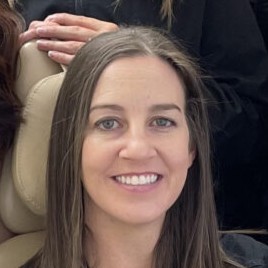If you review a dental practice tax return or Profit & Loss statement, you’ll often see an expense called “Depreciation” (sometimes listed as “Depreciation/Amortization”). Ask an accountant or broker what it means, and you’ll likely hear: “That’s a non-cash expense.”
Technically true—but not very helpful. Let’s break it down.
Everyday Expenses vs. Depreciable Assets
Some practice purchases—like dental supplies, gloves, or office paper—are used up quickly. These costs are deducted fully in the year they’re purchased.
Other items, however, have a longer useful life:
- Small items (like calculators or hand instruments) can be deducted in year one because they’re low cost, even if they last several years.
- Large items (like a $50,000 digital x-ray unit) are expected to last many years. Historically, tax law required the cost to be spread out (depreciated) over the item’s “useful life” (say, $5,000 per year over 10 years).
The Complexity of Depreciation
Congress has repeatedly changed depreciation rules—introducing different schedules, classes of equipment, and accelerated methods. This often left dentists with dozens of items, each depreciating under different rules.
Fortunately, the system has been simplified in recent years. Today, practices can generally deduct up to $2,500,000 of equipment in the year of purchase, subject to income limits. If deductions exceed income, the excess is carried forward.
Example:
- Practice income: $800,000
- Other expenses: $600,000
- Equipment purchase: $250,000
Here, only $200,000 can be deducted in year one, with $50,000 carried over.
This is where the “non-cash” part comes in: the deduction shows up on the tax return, but no cash actually left the practice that year in the form of an expense.
But How Was the Equipment Paid For?
Here’s what often gets overlooked: most dentists finance equipment.
Say the $250,000 x-ray was financed over 10 years at 5%.
- Monthly payment: $2,651.64
- Total paid: $318,196.80
- $250,000 = principal
- $68,197.55 = interest
Only the interest is deductible over the life of the loan. The principal was already “expensed” as depreciation in the early years.
So, in practice:
- Big deductions come upfront.
- Loan payments continue for years after, with no corresponding tax deductions (beyond interest).
Why It Matters for Valuations
In valuations, depreciation is added back to net income because it’s not a current cash expense. But understanding how it plays out in real cash flow is critical when evaluating a practice’s profitability and planning for equipment purchases.
Key Takeaway
Depreciation isn’t just “a non-cash expense”—it’s an accounting method with real implications for taxes, financing, and valuation. Dentists often benefit from large deductions in early years, but those deductions don’t align with long-term loan payments.
Before making big equipment purchases, work with your accountant to ensure the timing of deductions and payments works in your favor. At Otten-Rey, we help dentists navigate these decisions so they can maximize both value and cash flow.
– Bill Otten & Kim Rey








